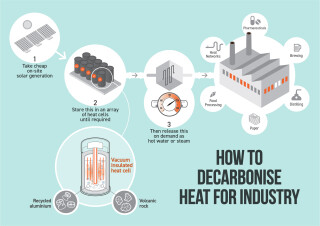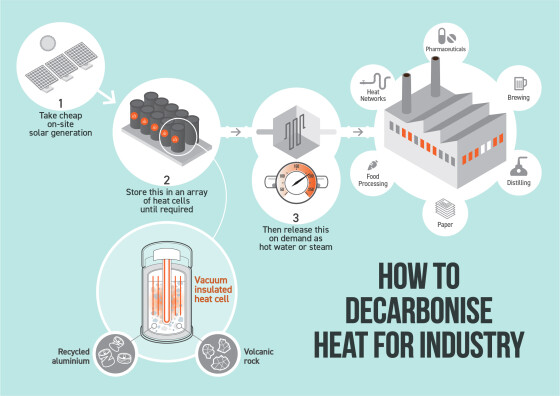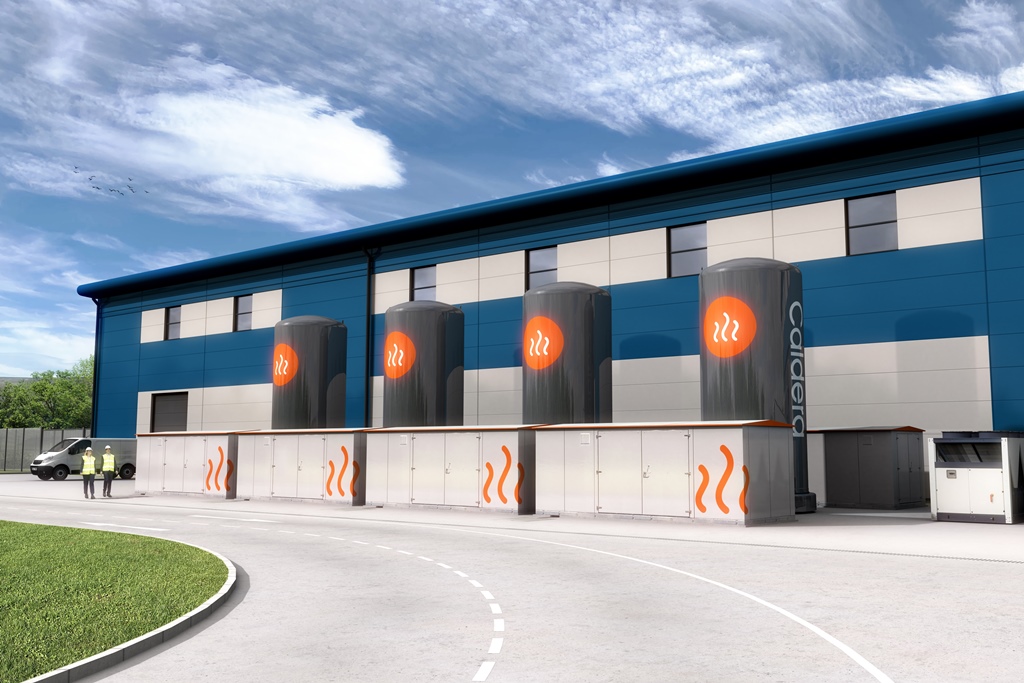The Hampshire heat specialist has developed a heat storage technology that uses solar energy to heat up solid megacells made of scrap aluminium and volcanic rock.
Each vacuum-insulated cell can store this heat at up to 500°C, ready to be delivered on demand to industrial users as hot water or steam up to 210°C, it says.
Caldera already has a demonstrator at its factory and is now scaling up by building it first full-size megacell, which will be 2.9 metres diameter and seven metres high, and capable of storing up to 4MWh of low carbon thermal energy.
Each cell is filled with a proprietary aluminium-rock composite, a ‘thermal super material’ designed by Caldera to cheaply and effectively store low carbon electricity as heat.
The project has £4.3m backing from the UK Department for Energy Security & Net Zero, and now company chief executive James Macnaghten is seeking industrial partners to host megacells.
“Most people think the steam age ended last century – but in fact it has never gone away,” he said. “Around 70% of UK industrial energy demand is for heat, with industrial steam accounting for 31% of the total.
“This steam is crucial for processes in sectors like pharmaceuticals, food manufacturing and brewing, and is typically generated by boilers burning gas or oil. Steam is ideal for many businesses because it holds a lot of heat which can be moved around relatively easily via pipes and valves.
“To date, most factories still rely on gas to heat that water – but our technology allows industrial users to capitalise on inexpensive solar energy, which can be generated on-site or on land nearby.
“Solar energy is getting cheaper by the day, and many businesses have not yet realised the huge potential for installing a dedicated solar farm – even where little roof space is available.”

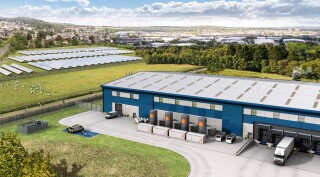
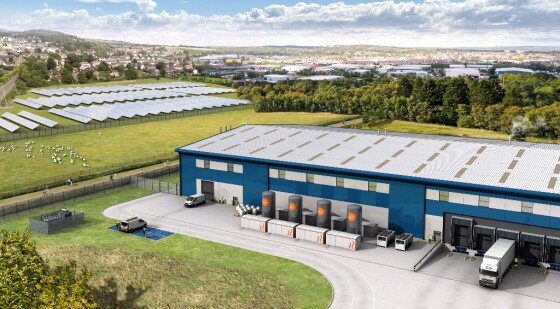
Analysis by energy consultant Gemserv suggests that Caldera’s system could cut fuel bills by 45% and pay for itself in less than six years.
“It is often both feasible and economic to lease land for a solar farm in the vicinity and run a dedicated cable – known as a ‘private wire’ – for a kilometre or more to the industrial site,” Macnaghten said. “Our system removes the need for costly grid connection upgrades, which can take years, and means the factory owner can generate and use all of their solar energy at cost.
“This transforms the economics of solar power and gives the site owner price certainty over decades, allowing manufacturers to focus on their core business, and not on the price of gas,” James says.
To date, Caldera has been developing a number of small heat cells, connected in parallel, and the development of the megacell has come through discussions with industrial users.
“Many industrial sites have a constrained footprint. It therefore made sense for us to move away from multiple small cells to larger and much taller cells,” Macnaghten said. “Our new megacell is sized specifically to fit on a standard truck, and by making the cell much taller, we can now store significantly more heat.
“We are now talking with early-adopter industrial customers who wish to be the first to benefit from this low-carbon technology and we’re aiming to begin our first install in 2025.”
